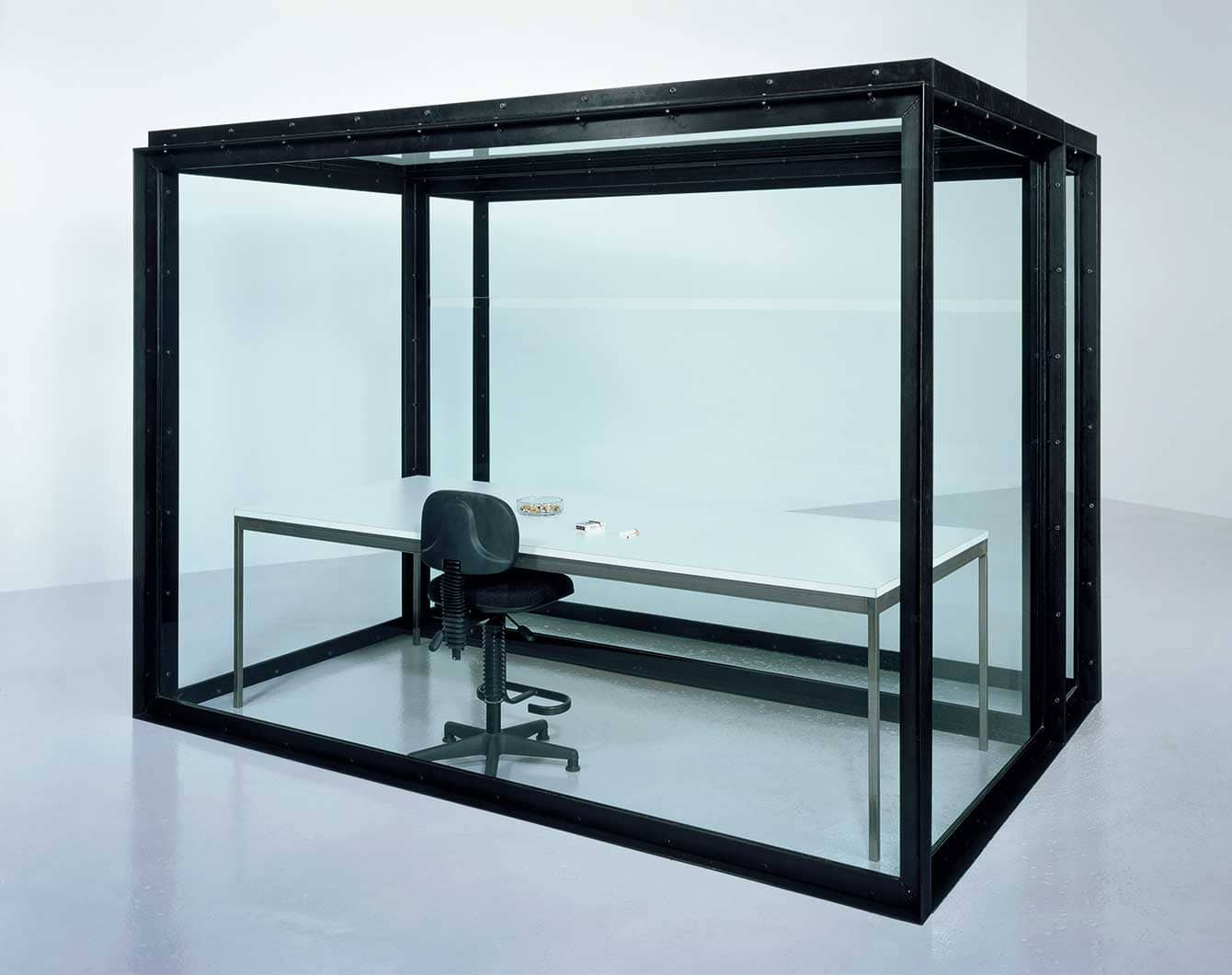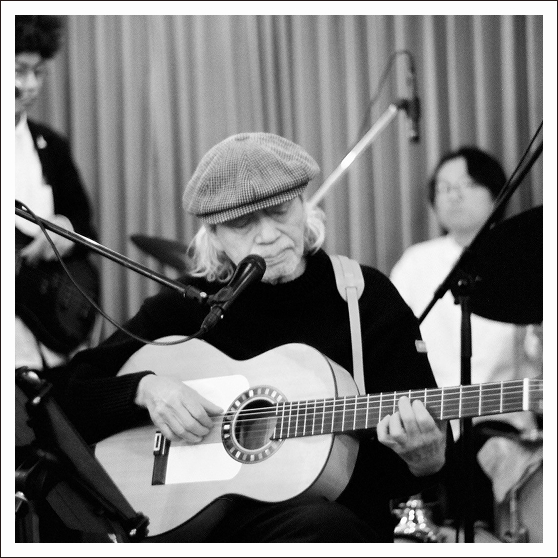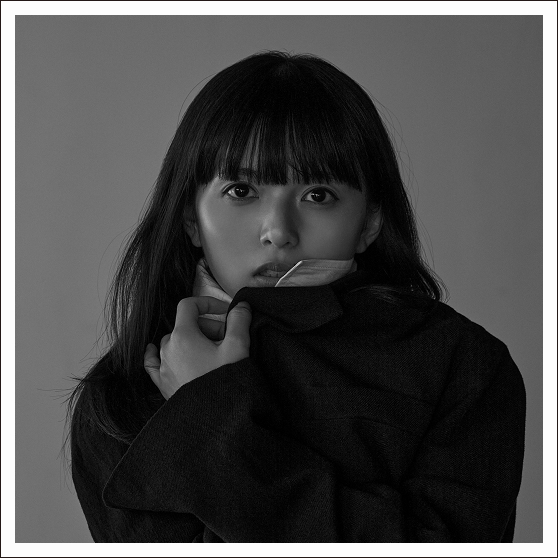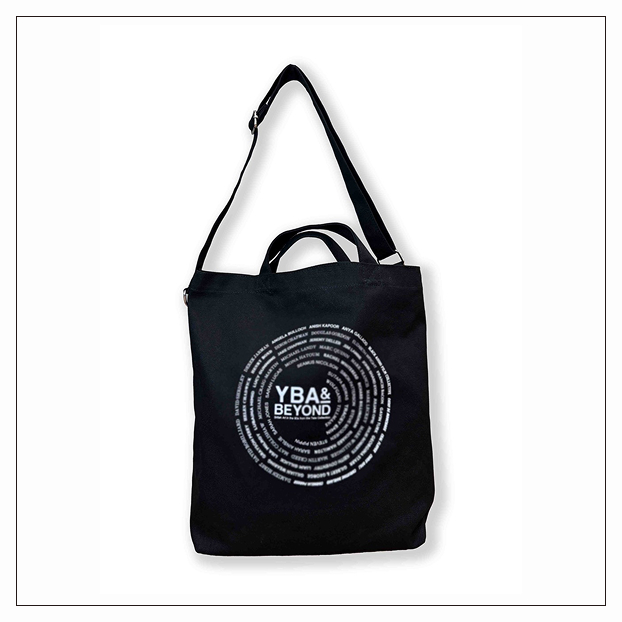-

© Wolfgang Tillmans, courtesy Maureen Paley, London; Galerie Buchholz, Berlin/Cologne; David Zwirner, New York/Hong Kong
Wolfgang Tillmans, The Cock (kiss), 2002
-

© Julian Opie
Julian Opie, Gary, Popstar, 1998-9
-

Photographed by Prudence Cuming Associates © Damien Hirst and Science Ltd. All rights reserved, DACS & JASPAR 2025 G3977
Damien Hirst, The Acquired Inability to Escape, 1991
-

Photo Tate © Lubaina Himid. Courtesy Hollybush Gardens and Greene Naftali
Lubaina Himid, Between the Two my Heart is Balanced, 1991
-

Photo Tate © Tate © Jeremy Deller
Jeremy Deller, The History of the World, 1997-2004
-

Photo Tate © The estate of Derek Jarman. Courtesy of The Keith Collins Will Trust
Derek Jarman, Ataxia - Aids is Fun, 1993
-

© Sarah Lucas. Courtesy Sadie Coles HQ, London
Sarah Lucas, Cigarette Tits (Idealized Smokers Chest II), 1999
-

© Michael Craig-Martin. Courtesy the artist and Gagosian
Michael Craig-Martin, Knowing, 1996
-

© Steve McQueen. Courtesy the artist and of Thomas Dane Gallery, London
Steve McQueen, Bear, 1993
-

© Gillian Wearing, courtesy Maureen Paley, London; Regen Projects, Los Angeles and Tanya Bonakdar, New York
Gillian Wearing, Dancing in Peckham, 1994


This exhibition explores the dynamic evolution of British art from the late 1980s to the early 2000s. After going through the Thatcher era (1979–1990), a charged and uncertain social climate gave rise to a new generation of artists who challenged traditional norms and embraced bold, experimental practices. Many of the newer generation of artists who came to prominence in the 1990s were referred to in the art and popular media under the title Young British Artists (YBAs). Alongside other artists active at the time, these artists explored themes such as popular culture, personal identity, and shifting social structures. They worked across a diverse range of media, including painting, sculpture, photography, video, and installation. Featuring around 100 works by approximately 60 artists, the exhibition traces the radical creativity and groundbreaking approaches that redefined British art in the 1990s.
latest updates
News
about the young British artists
What is YBA ?

Damien Hirst, The Acquired Inability to Escape, 1991
Photographed by Prudence Cuming Associates © Damien Hirst and Science Ltd. All rights reserved, DACS & JASPAR 2025 G3977
The label Young British Artists (YBAs) is applied to a loose group of British artists who began to exhibit together in 1988 and who became known for their openness to materials and processes, shock tactics and entrepreneurial attitude. Many artists active in the 1990s rejected the label.
exhibition highlights
Highlights
-
1
Tate Presents the Ultimate “UK 90’s” Experience
Tate’s own take on the YBAs and the wider story of 1990s British art.
-
2
A Star-Studded Line-Up of Legends
Damien Hirst, Lubaina Himid, Steve McQueen, Tracey Emin, Wolfgang Tillmans, Julian Opie and many more
– works by artists who made their mark on global art history. -
3
Music × Subculture × Fashion
— the vibrant spirit of UK culture’s golden age.
-

Francis Bacon, Second Version of Triptych 1944, 1988
Photo Tate © The Estate of Francis Bacon. All rights reserved. DACS & JASPAR 2025 G3977
-

Gilbert & George, Naked Eye, 1994
Photo Tate © Gilbert & George
-

Tracey Emin, Monument Valley (Grand Scale), 1995-97
Photo Tate © Tracey Emin
-

Cornelia Parker, Cold Dark Matter: An Exploded View, 1991
Photo Tate © Cornelia Parker. Courtesy Frith Street Gallery
-

Wolfgang Tillmans, Kate Sitting, 1996
© Wolfgang Tillmans, courtesy Maureen Paley, London; Galerie Buchholz, Berlin/Cologne; David Zwirner, New York/Hong Kong
Exhibition Ambassadors
Haruomi Hosono and Asuka Saito serve as ambassadors for the exhibition, guiding visitors through its highlights and distinctive vision via the official audio guide and more.
-

Haruomi Hosono
I spent some truly unforgettable times in London during the New Wave and New Romantic era. But when I returned in the late ’80s, the atmosphere of the city and the people had completely changed. I really felt the shift of the times. I’ve always been drawn to Francis Bacon’s paintings, with their unsettling undertones, and I still remember seeing an exhibition that recreated his studio. On my recent visit to London, I made sure to stop by Tate again. This exhibition is a chance to revisit that pivotal moment in time and see how British art has evolved from that turning point through the ’90s and into today. I’m really looking forward to experiencing that journey. -

Asuka Saito
To be honest, even though we use the word “art” so casually, I’ve never really been sure where art begins or ends. I always felt it was a bit hard to approach, and that made me hesitate to engage with it.
What changed everything for me was a visit to Tate Modern in London. I still remember stepping inside for the first time without understanding the meaning or context of the works, I nonetheless felt an inexplicable pull toward them.
That’s why I’m so thrilled that so many works from Tate are coming to Japan for this exhibition. To me, Britain is a country with a fascinating history of respecting tradition while embracing new cultures. Its dry wit, beautifully melancholy music, and fashion that feels both classic and modern, relaxed yet refined, all hold a special charm.
If all of these things can be embraced under the word “art,” then art is already a part of our everyday lives, and perhaps that sense of distance I once felt was never really there at all.
It means a great deal to me to witness this exhibition—almost as a way of making sense of that realisation. I truly can’t wait to see how this exhibition unfolds.
artists list
Artists
-
SARAH AINSLIE
-
FRANCIS BACON
-
RICHARD BILLINGHAM
-
SUTAPA BISWAS
-
BLACK AUDIO FILM COLLECTIVE
-
HENRY BOND
-
CHRISTINE BORLAND
-
ANGELA BULLOCH
-
HELEN CHADWICK
-
DINOS CHAPMAN
-
JAKE CHAPMAN
-
MAT COLLISHAW
-
KEITH COVENTRY
-
MICHAEL CRAIG-MARTIN
-
MARTIN CREED
-
JEREMY DELLER
-
CATHY DE MONCHAUX
-
TRACEY EMIN
-
CEAL FLOYER
-
MARK FRANCIS
-
ANYA GALLACCIO
-
GILBERT & GEORGE
-
LIAM GILLICK
-
DOUGLAS GORDON
-
LUCY GUNNING
-
RICHARD HAMILTON
-
MONA HATOUM
-
LUBAINA HIMID
-
DAMIEN HIRST
-
DEREK JARMAN
-
SARAH JONES
-
ANISH KAPOOR
-
JIM LAMBIE
-
MICHAEL LANDY
-
MARK LECKEY
-
SARAH LUCAS
-
STEVE MCQUEEN
-
LISA MILROY
-
SEAMUS NICOLSON
-
CHRIS OFILI
-
JULIAN OPIE
-
CORNELIA PARKER
-
SIMON PATTERSON
-
GRAYSON PERRY
-
STEVEN PIPPIN
-
MARC QUINN
-
JULIE ROBERTS
-
DAVID ROBILLIARD
-
JOHNNIE SHAND KYDD
-
DAVID SHRIGLEY
-
GEORGINA STARR
-
WOLFGANG TILLMANS
-
GAVIN TURK
-
MARK WALLINGER
-
GILLIAN WEARING
-
RACHEL WHITEREAD
-
ELIZABETH WRIGHT
ticket information
Tickets
Advance Tickets
-
YBA & BEYOND Tote Bag Ticket
*Designed by Kosuke Kawamura¥4,870(Tax in)
-
General
¥2,100(Tax in)
-
University Student
¥1,300(Tax in)
-
High School Student
¥700(Tax in)
-
Junior High School & Under
Free
Tickets at the door
-
General
¥2,300(Tax in)
-
University Student
¥1,500(Tax in)
-
High School Student
¥900(Tax in)
-
Junior High School & Under
Free

YBA & BEYOND Advance Ticket with Tote Bag
An advance bundle ticket that includes admission to the exhibition and the YBA & BEYOND tote bag designed by Kosuke Kawamura, featuring the exhibition artist lineup.
Sales Period: 4 December (Thu), 2025 – 9 February (Mon), 2026
Each bundle ticket includes one voucher to redeem the tote bag.
Items must be collected at the venue. Please note that shipping is not available.
- Size:
- (Main body) Approx. W440 × H400 × D130mm
(Shoulder strap) Approx. 30mm width × 1180mm total length(adjustable) - Material:
- Cotton
- Pockets:
- 1 interior pocket
- Country of Origin:
- China
- Purchase is limited to one per person.
- This ticket is non-transferable and cannot be exchanged, refunded, reissued, or resold.
- Sales will end once the planned quantity is reached.
- If the planned quantity is reached, tickets will not be available at the venue.
- We do not exchange bonus items for reasons other than defects.
- Please note that the voucher is valid only during the exhibition period—be sure to check the exhibition dates before purchasing.
- Please refrain from calling the venue with inquiries.
- Visitors who are under junior high school students and disabled people with ID booklets (along with the one assistant) will be admitted for free.
- Free entrance to the exhibition for high school students from 25 March (Wed.) to 27 March (Fri.), 2026, upon presenting students ID.
- Reduction (100 yen off) applies to visitors who present the ticket stub of a current exhibition at The National Art Center, Tokyo; Suntory Museum of Art; or Mori Art Museum. Please show the ticket stub at the YBA & BEYOND exhibition ticket booth.
- Students, faculty and staff, of "Campus Members", can view this exhibition for 1300 yen (students) and 2100 yen (faculty/staff). Please purchase tickets at the "YBA&BEYOND" exhibition ticket booth.
- The following credit cards and e-cash options are available for purchasing tickets at The National Art Center, Tokyo ticket counters.
Credit Cards: MasterCard, VISA, JCB, AMEX, Diners Club, DISCOVER, UnionPay, QUICPay
Electronic Money: Transportation IC Cards, Rakuten Edy, WAON, nanaco, iD
QR Payments: auPay, BankPay, Alipay, WeChat Pay, PayPay, d Payment, Japan Post Pay
(Tokyo Exhibition Related Events)
-
Opening Curator’s Talk
To celebrate the opening, curators from Tate will host a talk event.
- Date
- 11 February, 2026 (Wed, national holiday)
- Time
- 14:00-15:30
- Venue
- National Art Center, Tokyo – 3rd Floor Auditorium
- Speakers
- Gregor Muir(Director of Collection, Tate)
Helen Little (Curator, British Art, Tate) - Moderator
- Yukako Yamada (Curator, The National Arts Center, Tokyo)
- Capacity
- 240 people
- Admission
- Free admission for YBA & BEYOND exhibition ticket holders (first come, first served). Please present your ticket stub.
-
Guided Tours by National Art Center Curator
Enjoy deeper insights into the exhibition with guided tours by NACT curator. (Japanese only)
- Dates
- 20 Feb, 6 Mar, 27 Mar, 10 Apr, 24 Apr (all Fridays)
- Time
- 18:30–19:15
- Venue
- National Art Center, Tokyo – Special Exhibition Gallery 2E
- Capacity
- 15 people per session
- Admission
- Free admission for YBA & BEYOND exhibition ticket holders (first come, first served). Please present your same-day exhibition ticket stub.
exhibition guide
Plan your visit
-
Period
February 11 (Wed) – May 11 (Mon), 2026
-
Opening hours
10:00-18:00
- 10:00-20:00 on Friday and Saturday
- Last admission is 30 minutes before closing
-
Closed
Tuesdays
- Open on May 5 (Tuesday, public holiday)
-
Venue
The National Art Center, Tokyo Special Exhibition Gallery 2E
7-22-2 Roppongi, Minato-ku, Tokyo 106-8558, Japan
-
Organised by
The National Art Center, Tokyo; Sony Music Entertainment (Japan) Inc.; The Asahi Shimbun in collaboration with Tate
-
With the cooperation of
Japan Airlines, Yamato Transport Co., Ltd.
-
With the support of
British Council, J-WAVE
-
Inquiries
(+81)47-316-2772(Hello Dial)
-
Directions
By Train
- Tokyo Metro Chiyoda Line – Nogizaka Station, Exit 6 (Aoyama Cemetery side ticket gate) Directly connected to the museum
- Tokyo Metro Hibiya Line – Roppongi Station, Exit 4a Approx. 5-minute walk
- Toei Oedo Line – Roppongi Station, Exit 7 Approx. 4-minute walk
By Bus
-
Toei Bus
- Get off at “Roppongi-Ekimae” bus stop.Approximately a 7-minute walk to the museum
- Get off at “Aoyama Saijo” bus stop.Approximately a 5-minute walk to the museum
-
Minato City Community Bus “Chii-bus”
- Akasaka Route,Get off at “Roppongi 7-chome” bus stop. Approximately a 4-minute walk to the museum
-
Directions
By Train
- Tokyo Metro Chiyoda Line – Nogizaka Station, Exit 6 (Aoyama Cemetery side ticket gate) Directly connected to the museum
- Tokyo Metro Hibiya Line – Roppongi Station, Exit 4a Approx. 5-minute walk
- Toei Oedo Line – Roppongi Station, Exit 7 Approx. 4-minute walk
By Bus
-
Toei Bus
- Get off at “Roppongi-Ekimae” bus stop.Approximately a 7-minute walk to the museum
- Get off at “Aoyama Saijo” bus stop.Approximately a 5-minute walk to the museum
-
Minato City Community Bus “Chii-bus”
- Akasaka Route,Get off at “Roppongi 7-chome” bus stop. Approximately a 4-minute walk to the museum
-
Period
June 3 (Wed), 2026 – September 6 (Sun), 2026
-
Opening hours
10:00-18:00
-
Closed
Monday
- Museum closed on Mondays, except public holidays.
-
Venue
Kyoto City KYOCERA Museum of Art
124 Enshoji-cho, Okazaki, Sakyo-ku, Kyoto 606-8344, Japan
-
Organised by
The National Art Center, Tokyo; Sony Music Entertainment (Japan) Inc.; The Asahi Shimbun in collaboration with Tate
-
With the cooperation of
Japan Airlines, Yamato Transport Co., Ltd.
-
With the support of
British Council
-
Directions
By Train
- Subway Tozai Line – Higashiyama Station. Approximately 8-minute walk
- Keihan Line – Sanjo Station / Subway Tozai Line – Sanjo Keihan Station. Approximately 16-minute walk
- For those coming from the Shiga area, it is convenient to take the Keihan, JR, or subway Tozai Line to Yamashina Station, then transfer to the subway Tozai Line to Higashiyama Station.
By Bus
-
From JR, Kintetsu, and Subway Kyoto Station
- From Bus Stop A1
Take Bus No. 5 bound for Okazaki Park / Museum / Heian Shrine-mae
Get off right at the stop - From Bus Stop D2
Take Bus No. 86 bound for Okazaki Park / Museum / Heian Shrine-mae
Get off right at the stop
- From Bus Stop A1
-
From Hankyu Kyoto Kawaramachi Station
- From Bus Stop E
Take Bus No. 46 bound for Okazaki Park / Museum / Heian Shrine-mae
Get off right at the stop - From Bus Stop H
Take Bus No. 5 bound for Okazaki Park / Museum / Heian Shrine-mae
Get off right at the stop
- From Bus Stop E
-
From Keihan Sanjo Station
- From Bus Stop D
Take Bus No. 5 bound for Okazaki Park / Museum / Heian Shrine-mae
Get off right at the stop
- From Bus Stop D
-
Directions
By Train
- Subway Tozai Line – Higashiyama Station. Approximately 8-minute walk
- Keihan Line – Sanjo Station / Subway Tozai Line – Sanjo Keihan Station. Approximately 16-minute walk
- For those coming from the Shiga area, it is convenient to take the Keihan, JR, or subway Tozai Line to Yamashina Station, then transfer to the subway Tozai Line to Higashiyama Station.
By Bus
-
From JR, Kintetsu, and Subway Kyoto Station
- From Bus Stop A1
Take Bus No. 5 bound for Okazaki Park / Museum / Heian Shrine-mae
Get off right at the stop - From Bus Stop D2
Take Bus No. 86 bound for Okazaki Park / Museum / Heian Shrine-mae
Get off right at the stop
- From Bus Stop A1
-
From Hankyu Kyoto Kawaramachi Station
- From Bus Stop E
Take Bus No. 46 bound for Okazaki Park / Museum / Heian Shrine-mae
Get off right at the stop - From Bus Stop H
Take Bus No. 5 bound for Okazaki Park / Museum / Heian Shrine-mae
Get off right at the stop
- From Bus Stop E
-
From Keihan Sanjo Station
- From Bus Stop D
Take Bus No. 5 bound for Okazaki Park / Museum / Heian Shrine-mae
Get off right at the stop
- From Bus Stop D